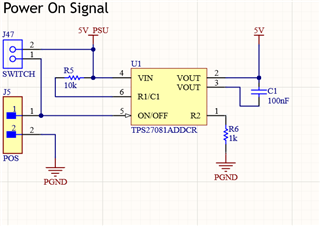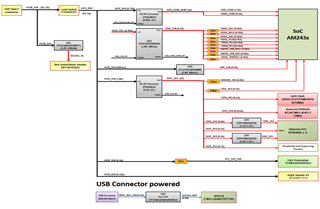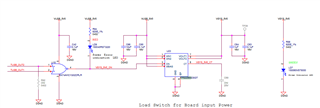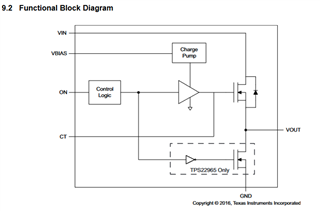Tool/software:
I've designed a custom booster pack to leverage the AM243X-LP for an industrial application. I've been powering the LP with a 5V PSU directly which for several years seems to work fine. The documentation goes into a lot of effort to describe the USB C power architecture, but never explicitly defines that it's the only way to power the board - is there any risk with powering via an external 5V supply in this way?
If it's not safe, what's the best way to avoid using a USB-C PSU to provide power?
I have other peripherals that also need a larger 5V supply than the LP can supply, so I'd rather use one 5V supply to power both the LP and the peripherals.
Thanks!






